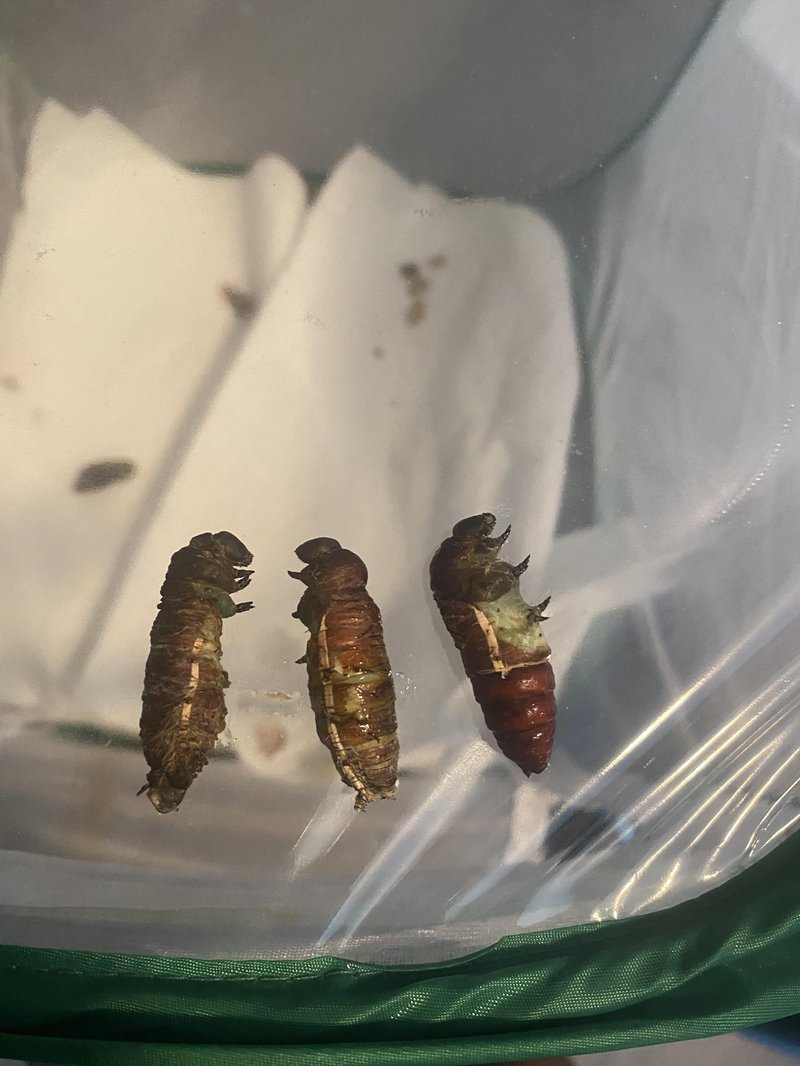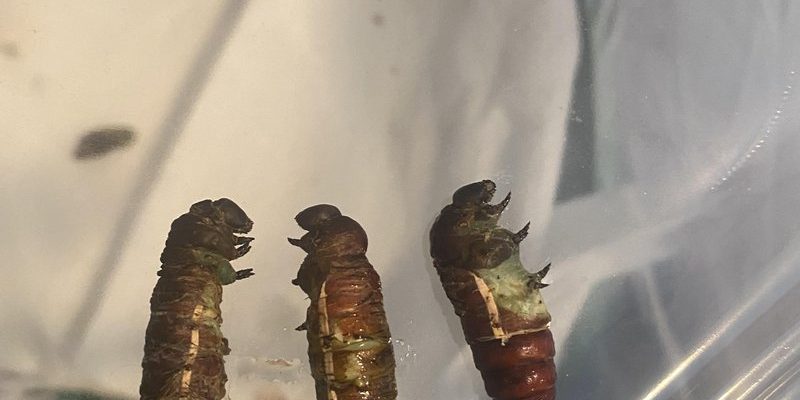
Imagine your hornworms are like budding artists, preparing for a masterpiece. Just like an artist needs the right environment to create their work, hornworms need the right soil conditions to pupate successfully. The soil isn’t just dirt; it’s their canvas. If you want to help them thrive during this important stage, then understanding the best soil conditions for hornworm pupation is essential.
Hornworms, specifically the larvae of the Tobacco Hornworm (*Manduca sexta*) and the Tomato Hornworm (*Manduca quinquemaculata*), are fascinating creatures. They eventually turn into moths, which can be a joy to observe. To promote this transformation, let’s dive into the soil conditions that are ideal for hornworm pupation.
Understanding Hornworm Lifecycle
Before we get into the nitty-gritty of soil types, it’s important to understand where hornworms come from and what they need to grow. Hornworms go through several stages: egg, larva (the munching stage), pupa, and finally, adult moth. During their larval stage, these little guys can consume a ton of foliage, especially from tomato and tobacco plants.
After they’ve eaten their fill, hornworms seek out a cozy place to pupate. This usually involves burrowing into the ground. This is where the soil comes in. If the soil is too hard or dry, the hornworm may struggle to dig in and form a proper pupa. On the other hand, if the soil is too wet, it can lead to mold and decay, which can be fatal for the pupating hornworm.
Choosing the Right Soil Type
Now, let’s talk about the best soil types for hornworm pupation. You might be wondering, “What kind of soil do they prefer?” Honestly, hornworms need well-drained, loamy soil. This type of soil contains a healthy mix of sand, silt, and clay, allowing for good drainage while still retaining some moisture.
Here are a few soil types you might consider:
- Loamy Soil: This is the gold standard. It’s nutrient-rich and allows air and water to flow easily.
- Sandy Soil: While sandy soil drains well, it can dry out quickly. If you use it, make sure to mix in some organic material.
- Clay Soil: This type can retain water but tends to become compacted. Mixing it with organic material can improve drainage.
A good mix of these can create an ideal environment for your hornworms as they pupate.
Moisture Levels That Matter
Remember, too much moisture can be just as harmful as too little. Hornworms need a balance—a little bit of moisture to help them burrow but not so much that they drown. The ideal soil moisture level should be moderately damp, like a well-wrung sponge.
You can check the moisture by grabbing a handful. If it holds together but doesn’t drip, it’s just right. If it falls apart, it’s too dry; if it’s muddy, it’s too wet. Keeping an eye on the soil moisture is crucial, especially if you’re growing plants nearby that might affect drainage.
Temperature Considerations
Temperature is another factor that plays a significant role in hornworm pupation. Ideally, the soil temperature should be between **70°F and 85°F (21°C to 29°C)**. If the soil is too cold, the pupation process can slow down or halt entirely. If it’s too hot, it can stress the hornworm, leading to poor development.
To regulate soil temperature, consider using mulch. It can help maintain a consistent temperature by shielding the soil from harsh sun and cold winds.
Adding Organic Matter
To create that perfect soil environment, you’ll want to add plenty of organic matter. This can be in the form of compost, shredded leaves, or well-rotted manure. Organic matter not only enriches the soil but also improves its texture, helping with drainage and moisture retention.
When you mix in organic material, aim for about **25% to 30%** of your total soil mix. Think of this as giving your hornworms a nutritious feast beneath the surface. Just like we need a balanced diet for strong bones, hornworms need good soil for healthy development.
Maintaining Healthy Soil
It doesn’t stop at choosing the right type of soil. Maintaining it is equally important. You should regularly check the soil for pests, mold, or fungus, as these can create a hostile environment for pupating hornworms.
Here are a few tips:
- Rotate Crops: Avoid planting the same plants in the same spot each year to reduce pest buildup.
- Mulch: Layering mulch can help retain moisture and regulate temperature.
- Test Soil: Conduct soil tests to understand nutrient levels and pH. Hornworms prefer a slightly acidic to neutral pH (about 6.0 to 7.0).
Doing these checks will create a safer environment for your hornworms as they pupate.
Creating the best soil conditions for hornworm pupation doesn’t have to be rocket science. Think of it as nurturing a small piece of nature. By ensuring your soil is well-drained, appropriately moist, and rich in organic matter, you’re setting the stage for these lively creatures to transform successfully into beautiful moths.
Remember, the more you learn about their needs, the better you can help them thrive. So, next time you see a hornworm munching away, think about the cozy pupation space you can provide them after their feast. With the right conditions, you’re not just raising hornworms; you’re supporting a small cycle of life!
Happy gardening, and may your hornworms flourish!

